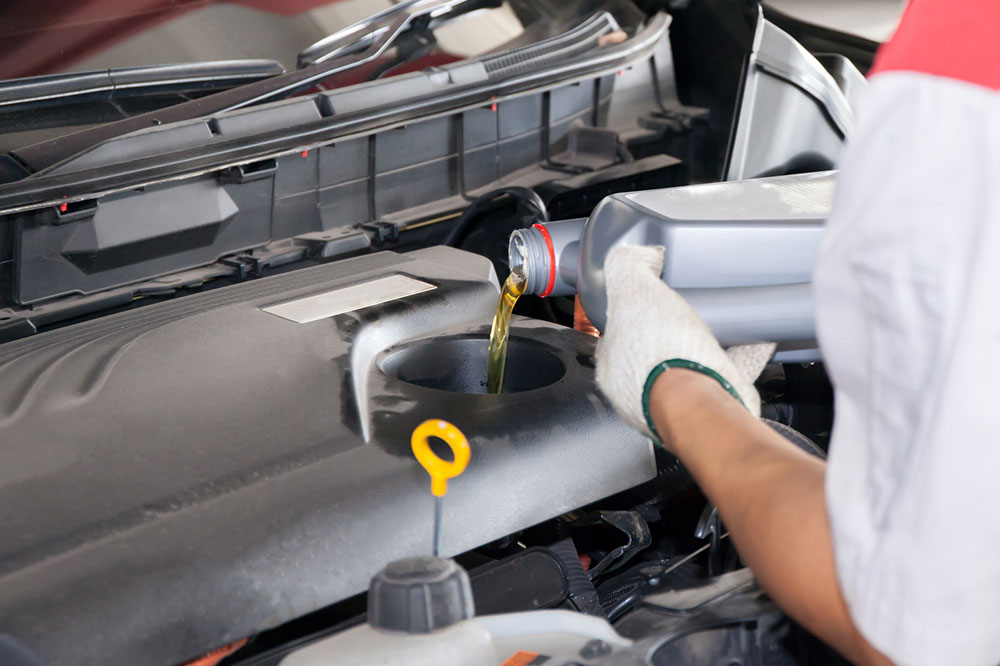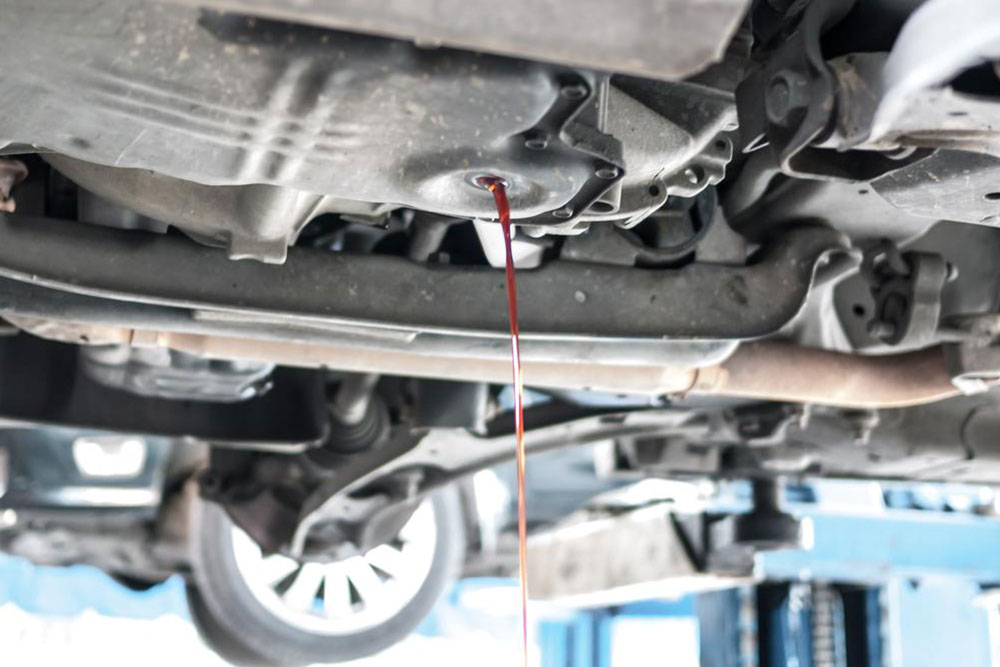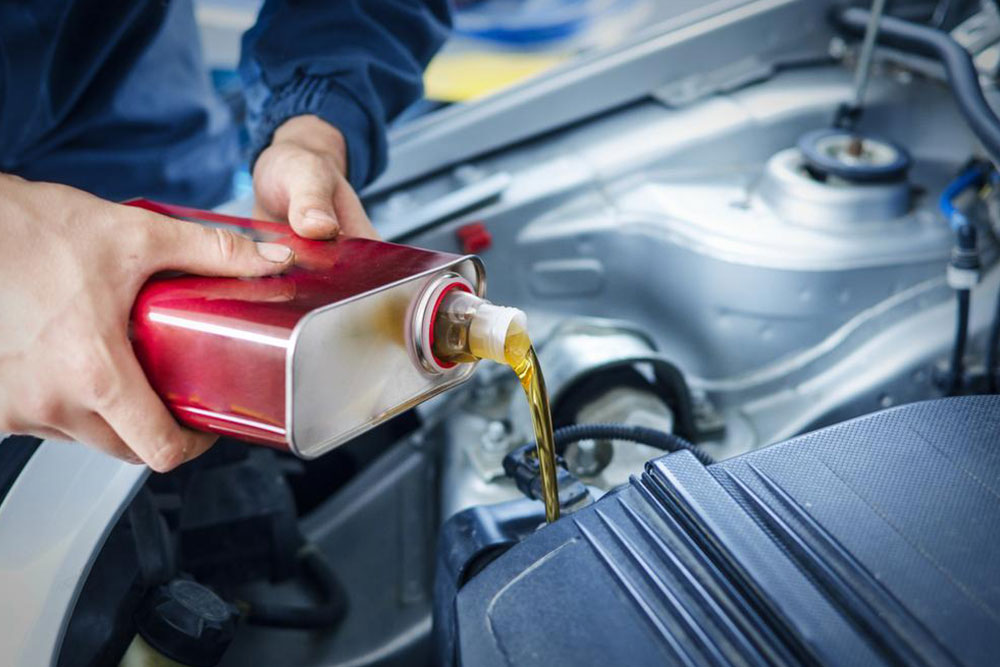Top Indicators It's Time for an Oil Change in Your Vehicle
Learn the vital signs indicating it's time for an oil change, including engine noises, dark oil, excessive exhaust fumes, and warning lights. Regular maintenance keeps your vehicle running smoothly and prevents costly repairs. Recognize these key indicators early to maintain optimal engine health and performance.

Top Indicators It's Time for an Oil Change in Your Vehicle
Engine oil plays a crucial role in maintaining vehicle health, yet it is often overlooked. Many people only consider oil changes for improved fuel efficiency, but fresh oil does much more—it protects your engine and enhances performance. Recognizing the right moment to change your oil can prevent costly repairs. Here are the key signs to watch for:
Unusual engine knocking sounds
Engine oil creates a protective barrier between moving parts, keeping them lubricated and quiet. If you notice knocking or loud noises, your oil may need replacing. Insufficient lubrication accelerates wear and diminishes performance.
If your engine sounds louder than usual or produces knocking sounds, it's a sign to visit your mechanic for an oil change. Dirty or degraded oil hampers engine function and can cause damage.
Dark, dirty engine oil
Fresh engine oil is typically translucent with a light amber hue. Over time, the oil becomes contaminated with debris, turning darker and murkier. Regularly checking and replacing oil ensures your engine remains in optimal condition and maintains peak performance.
Excessive exhaust emissions
Visible fumes from the tailpipe are abnormal for modern vehicles. If your car emits noticeable exhaust, it may indicate old or contaminated oil impairing engine function. An oil change can resolve this issue and help reduce emissions.
Check engine warning light
This alert often indicates issues within the emission system. If illuminated, your vehicle might be polluting more than acceptable, prompting an oil change or engine inspection. Checking the dipstick can help assess the oil's condition and guide necessary maintenance.
Note:
Our blog provides diverse, practical information across multiple categories. While our research offers valuable insights, it should not replace professional diagnostics. The website is not responsible for discrepancies or errors in external data. Also, specific offers or schemes may vary beyond what we present here.










